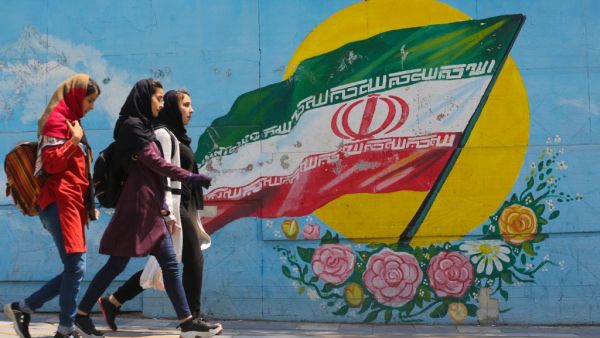A total of eight aging structures and sites, which are scattered cross the Iranian capital, have recently been inscribed on the National Heritage list, IRNA reported.
The new entries are: Amjadieh sports complex, Poulad zoorkhaneh (where a traditional system of athletics used to be practiced), Faculty of Management at the University of Tehran, Padegan-e Sefr-Shish (Garrison 06), Sarpulak Bathhouse, two residential buildings, and a 20th-century military-industrial complex.
The first time Tehran is mentioned in historical accounts is in an 11th-century chronicle in which it is described as a small village north of Ray.
{"preview_thumbnail":"https://cdn.flowplayer.com/6684a05f-6468-4ecd-87d5-a748773282a3/i/v-i-d…","video_id":"dc738cd3-4067-427d-9295-6f17937d0f05","player_id":"8ca46225-42a2-4245-9c20-7850ae937431","provider":"flowplayer","video":"380 Arrested as May Day Protests Turn Violent in Paris"}
Ray, in which signs of settlement dates from 6000 BC, is often considered to be Tehran’s predecessor. It became the capital city of the Seljuk Empire in the 11th century but later declined with factional strife between different neighborhoods and the Mongol invasion of 1220.
Tehran has many to offer its visitors including Golestan Palace, Grand Bazaar, Treasury of National Jewels, National Museum of Iran, Glass & Ceramic Museum, Masoudieh Palace, Sarkis Cathedral, Tehran Museum of Contemporary Art, Carpet Museum of Iran, to name a few.
This article has been adapted from its original source.








